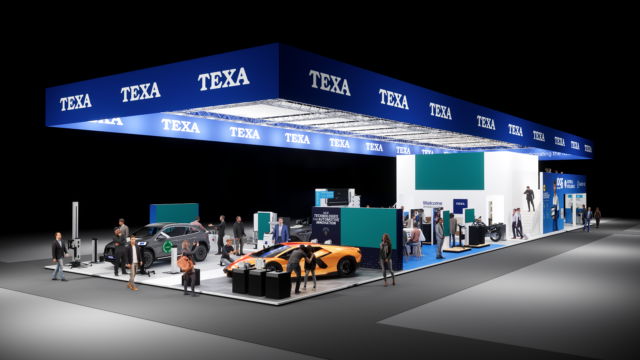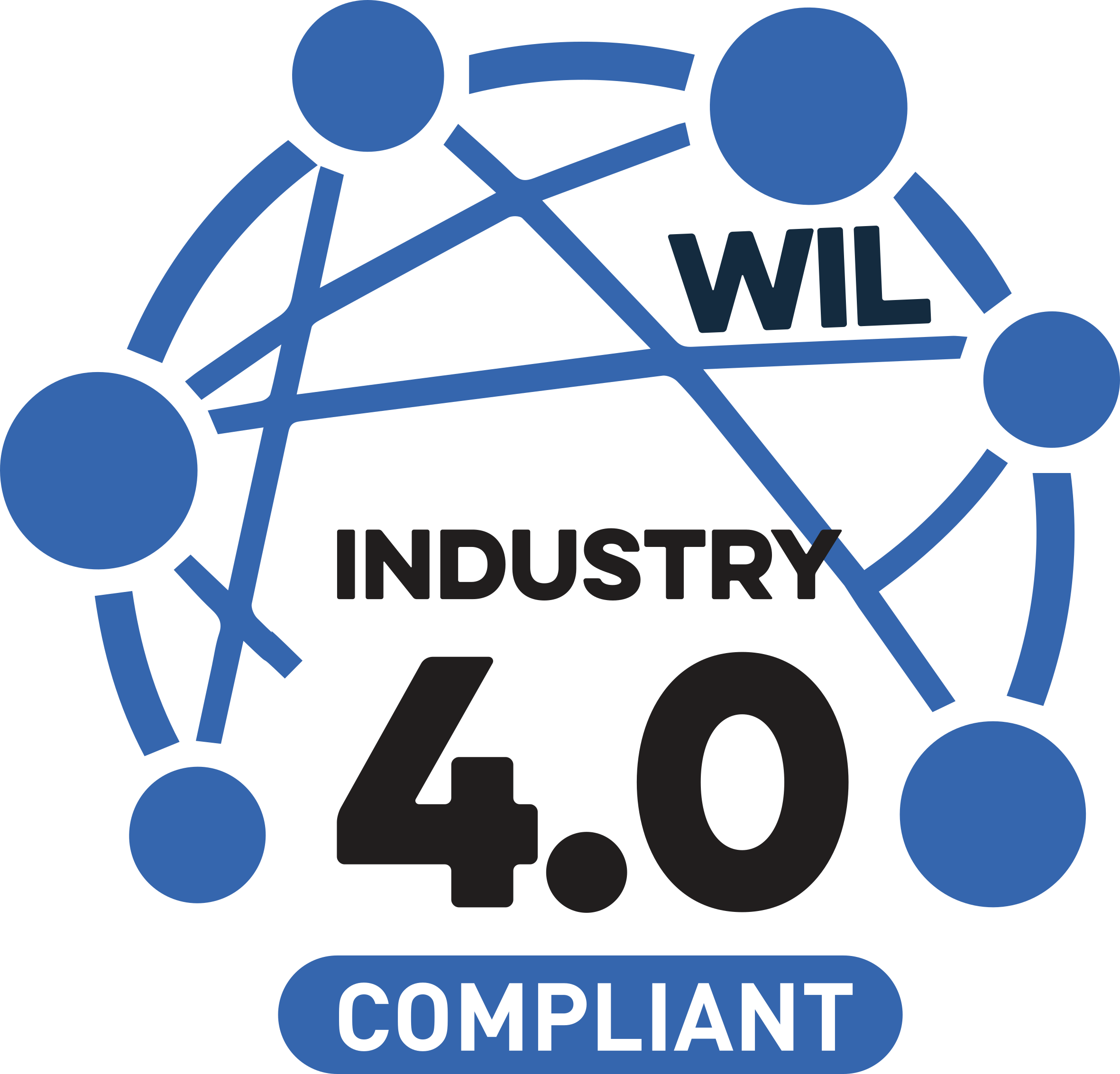
In recent years, the diffusion of electronics on board vehicles has been exponential and has reached a very high level of complexity. Today repair specialists must be capable of working at their best on different types of vehicles, with different diagnostic protocols and multiple connection modes.
TXT MULTIHUB 2 is equipped with a practical backlit display that gives it great usability and the possibility to view the information based on three types of messages:
Battery voltage at a glance
TXT MULTIHUB 2 is equipped with a special reinforced body with anti-shock corners. Its certified protection level is IP53, therefore it resists splashes of water and dust.

Wi-Fi module for the diagnostic operations that use standard CAN and DoIP
Network cable (Ethernet) reserved for DoIP operations (ISO 13400)
USB socket for all types of diagnosis, including the Pass-Thru (SAE J2534-1 and SAE J2534-2)
Bluetooth module for conventional diagnoses
TXT MULTIHUB 2, as already stated, is ready to operate in any configuration, even passing from a standard diagnosis to Pass-Thru in a completely automatic way. It is compliant with the SAE J2534-1 and SAE J2534-2 regulations, therefore it can connect to a vehicle and provide direct access to maintenance and diagnostic data made available by the vehicle manufactures and essential, for example, to update the software in one or more control units.
TXT MULTIHUB can connect to the display unit in Station configuration, thus using of the workshop’s W-Fi network or, alternatively, a smartphone. This option guarantees greater coverage and a quicker exchange of data between the IDC5 software and the TEXA VCI.


TXT MULTIHUB is equipped with the Linux operating system that gives it great usability and the possibility to evolve, adapting without problems to new future functions.
Furthermore, Linux improves its IT security and efficiency thanks to the communication in Smart mode: the interface automatically switches the channels based on the workshop dynamics and on the types of diagnosis, and always chooses the best connection available without the mechanic having to intervene.

Prodotto da inserire all’interno del sistema per autodiagnosi dei veicoli. Verificare con il proprio rivenditore TEXA di fiducia le modalità di accesso al Nuovo Piano Industria 4.0.
Main processor:
• Type: iMX6 1 GHz
• RAM: 512 MByte
• Mass Storage: eMMC 8 GByte
Coprocessor:
• Type: STM32F439 168 MHz
• RAM: 2 MByte SRAM, 8 MByte SDRAM
• Flash: 2 MByte
Power supply connector: PWR: 2.1 DC jack
Power supply: 12 – 24 Vdc (from vehicle battery via OBD connector or specific wirings)
Consumption: 1 A @12 V max
USB connectors:
• USB: USB 2.0 host type A max 1 A out
• USB DEVICE: USB 2.0 device type B (priority connector)
Bluetooth communication: Bluetooth 5.0 (BDR/EDR/LE)
WiFi communication: WiFi IEEE 802.11 b/g/n 2.4GHz
Operational band: 2400 ÷ 2483.5 MHz
Maximum radio frequency power transmitted: 10 dBm (2400 ÷ 2483,5 MHz)
Diagnostic connectors:
• DIAGNOSIS: DSUB-26HD (ISO 22900-1)
Electronic switch: 2-way, 13 independent positions
Control units reprogramming connector: PV (SAE J2534-1)
User interface: Display OLED 64×128 dot
Operating temperature: 0 ÷ 50 °C
Storage temperature: – 20 ÷ 60 °C
Supported protocols:
• Blink codes
• K, L (with current protection 100 mA), ISO9141-2, ISO14230
• CAN ISO11898-2 High Speed
• Second ISO11898-2 CAN channel
• Second ISO11898-2:2016 CAN FD channel
• CAN ISO 11898-3 LOW Speed
• CAN SAE J2411 Single Wire
• SAE J1850 PWM
• SAE J1850 VPW
• SAE J2534-1
• SAE J1708
Operating moisture: 10 ÷ 80 % without condensation
Dimensions [mm]: 176,1 x 175,4 x 46,8
Weight: 600 g
IP protection level: IP53 * (*) With properly closed protective caps.
Directives:
RED 2014/53/EU
RoHS 2011/65/EU e Direttiva delegata 2015/863/EU
Electromagnetic compatibility:
ETSI EN 301 489-1
ETSI EN 301 489-17
Radio systems: ETSI EN 300 328
Electrical safety:
EN 62368-1
EN 62311
Leave your email to stay updated on the latest news in the industry.